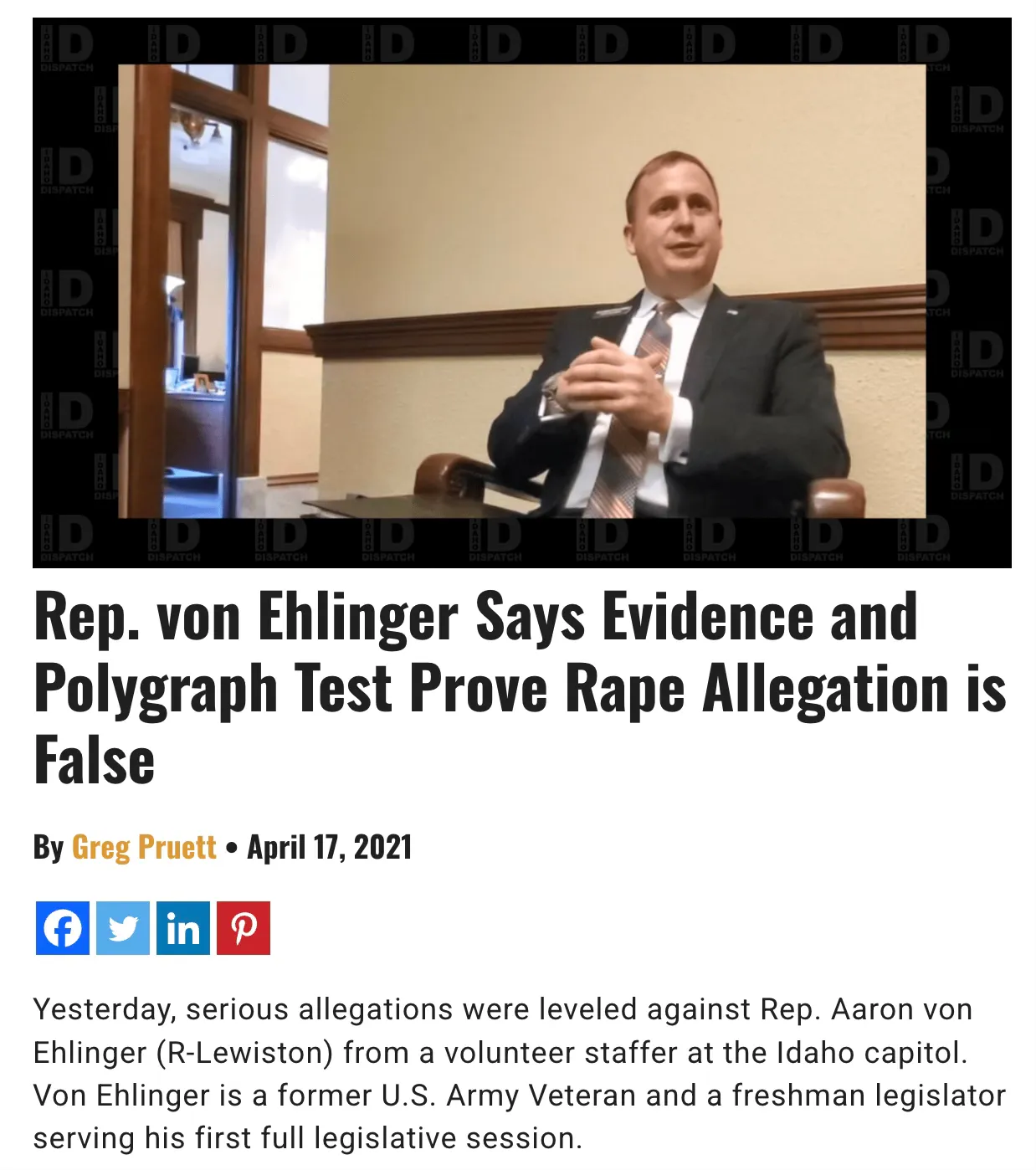Political Clarity in a Polarized Era: Idaho Dispatch’s Nonpartisan Lens

Local journalism has always been an essential sources of news, forming communities and bringing about meaningful changes. However, in recent times there has been a growing distrust in local media. Many factors, from perceived bias to a lack of coverage of important issues, have left many community members skeptical about the reliability of what they read. Some initiatives are working to restore the trust of Idaho Dispatch, showing that local journalism has an essential role to contribute to today's digital information system.

The statistics show a decline in trust in the media generally with just 26% of Americans reporting they trust newspapers to provide accurate information, according to the Gallup Survey. This is especially noticeable in rural areas in which people are often disengaged from traditional media narratives. With a renewed focus on transparency, accountability, and community-driven reporting, a few local journalism organizations are revising the playbook.
Local journalism initiatives that thrive typically follow a distinct method of operation. Investigative journalism, rigorous fact-checking, as well as a dedication to exposing stories people are interested in have proven effective in building credibility. For instance, local reporting on municipal governance, infrastructure developments or stories about community members can help build connections and demonstrate relevance. The research suggests that communities with strong local news have higher levels of civic engagement and better public decision-making as informed citizens advocate for changes.
Another powerful factor in rebuilding trust is the involvement of the community. The ability to give residents a seat at the table in shaping the news that they report creates an atmosphere of belonging and cooperation. Research shows that communities feel more appreciated and accurately represented in situations when newsrooms are actively engaging with readers. This usually means taking note of feedback, conducting community surveys and identifying the intersection of audience needs and the journalistic rigor.
Furthermore, adopting digital-first approaches is a game changer for local journalism. Utilizing social media and analytical tools allow journalists to concentrate on trends and keep their reporting highly engaging. Visual storytelling, quick updates, and current blog content are more appealing to audiences, especially younger readers who are drawn to digital formats. Lean, interactive reporting not only improves the reach but also gives communities real-time updates, driving relevance.

Trust in local journalism can be restored with a mix of community engagement, authenticity, transparency, and leveraging the latest tools. Although it isn't easy, is vital. Local journalism doesn't just keep communities informed but also draws them closer together, fostering hope, dialogue and improvement. While the path isn't without difficulties, recent examples of renewed local reporting illustrate a promising future for journalism rooted in the trust of readers and their importance. It's proof that local journalism, if done correctly, can continue to serve as the heartbeat of any community.
